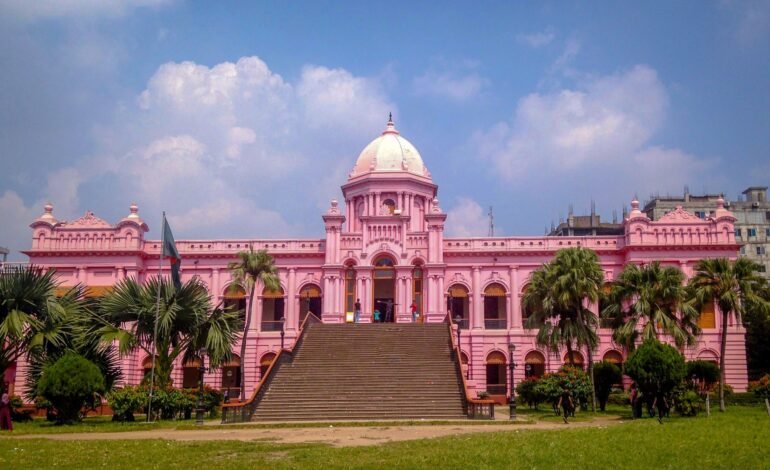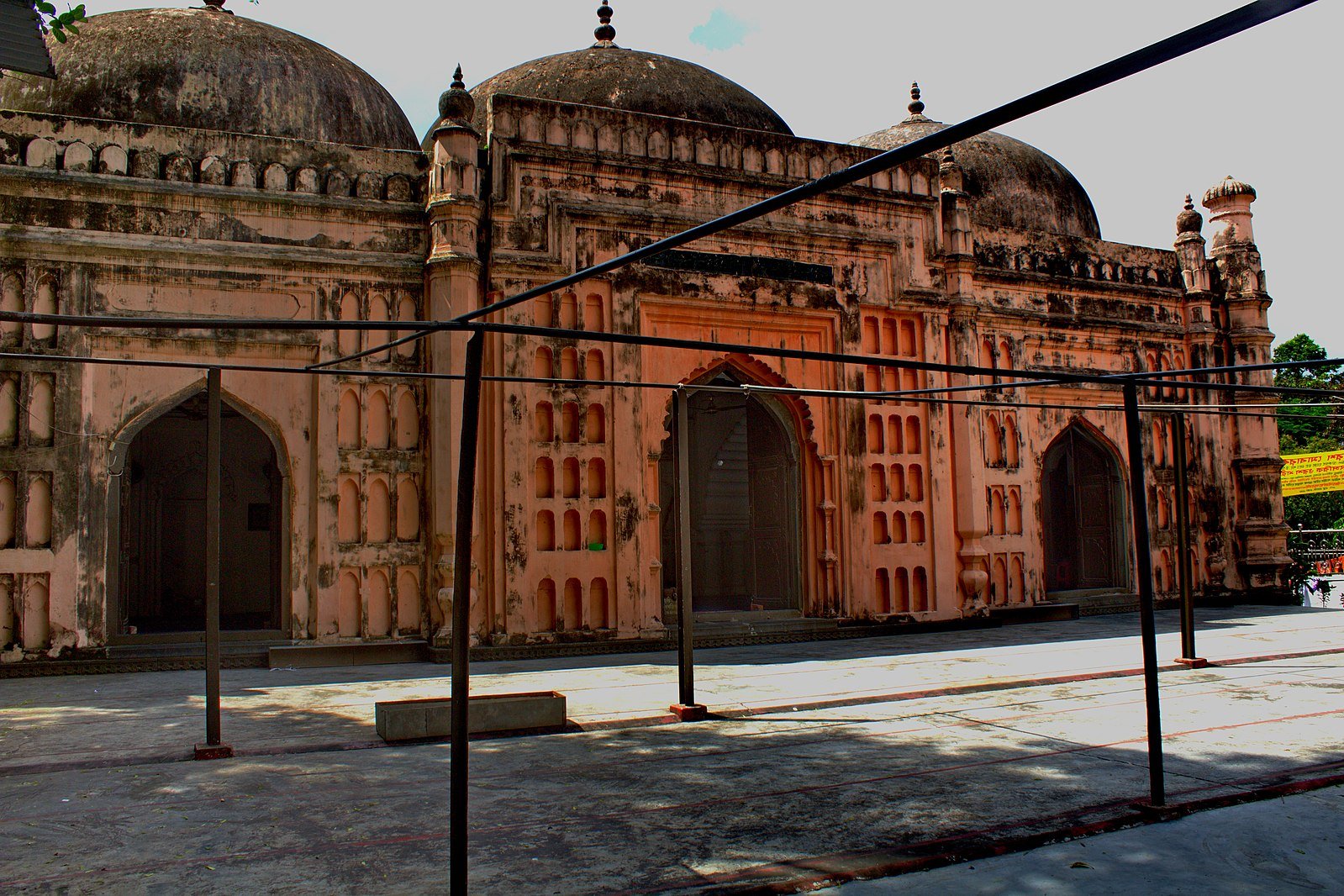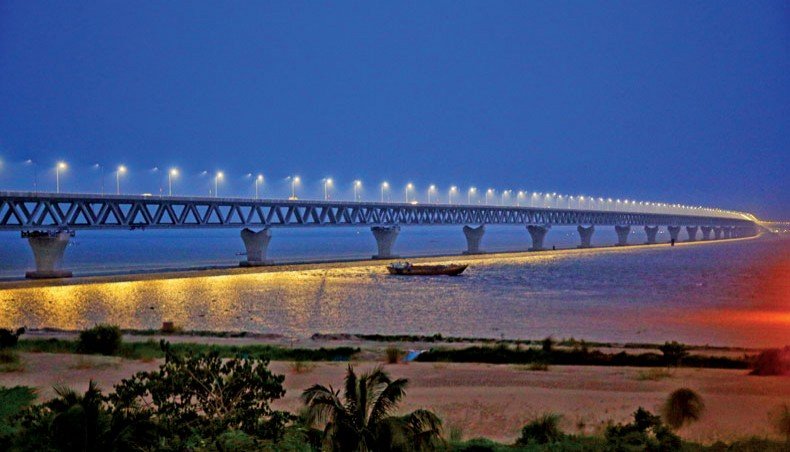Ahsan Manzil: The Pink Palace That Defines Dhaka’s Royal Heritage

Ahsan Manzil: The Pink Palace of Dhaka
Standing gracefully on the northern banks of the Buriganga River, Ahsan Manzil remains one of the most remarkable symbols of Dhaka’s historical and cultural heritage. Known as the Pink Palace, this majestic structure was once the official residence of the Nawab of Dhaka — and today, it stands as a museum and a reminder of the city’s rich past. For anyone exploring historical places in Bangladesh, Ahsan Manzil is an unmissable landmark that narrates the story of aristocracy, politics, and transformation.
The Royal Beginning of Ahsan Manzil
The history of Ahsan Manzil dates back to the mid-19th century when Nawab Abdul Ghani, one of Dhaka’s most influential landowners, decided to build a grand residence along the Buriganga River. Construction began in 1859 and was completed in 1872, marking the birth of what would become one of Dhaka’s greatest architectural treasures.
The palace was named after Nawab Abdul Ghani’s son, Khwaja Ahsanullah, and quickly became the epicenter of elite gatherings, social events, and political meetings during British colonial rule. It was not only a residence but also a center of governance and diplomacy for Bengal’s influential Nawab family.
Architectural Brilliance of the Pink Palace
Ahsan Manzil’s design represents the Indo-Saracenic Revival style — a blend of Mughal, European, and colonial architecture. The entire structure showcases a mix of domes, arches, and ornate columns that create an elegant yet imposing façade.
One of the palace’s most captivating features is its signature pink color, which earned it the nickname Pink Palace. The building consists of two main sections:
Rangmahal (Residential area) – served as the living quarters of the Nawab’s family.
Andarmahal (Administrative section) – used for official meetings and gatherings.
Inside, the palace boasts high ceilings, marble staircases, antique chandeliers, and intricately carved wooden furniture that evoke a royal ambiance. The central dome, standing tall at the top of the grand staircase, adds a sense of authority and grandeur to the palace.
A Witness to Political History
During the late 19th and early 20th centuries, Ahsan Manzil played a pivotal role in shaping Bengal’s political history. Many key discussions and meetings related to the formation of the All India Muslim League — a political party that later led to the creation of Pakistan — took place within these walls.
As a result, Ahsan Manzil is not just a beautiful building; it’s a symbol of political awakening in Bengal. The palace served as a space where ideas of autonomy, reform, and modern governance were debated by some of the most powerful minds of that era.
The Fall and Rise of a Heritage Landmark
After the death of Nawab Ahsanullah, the family’s influence began to decline. Following the partition of Bengal and later the independence of Bangladesh, Ahsan Manzil fell into neglect. The once grand palace started deteriorating, with parts of it damaged by floods and lack of maintenance.
However, in the 1980s, the Bangladesh National Museum and the Department of Archaeology stepped in to preserve this invaluable part of the nation’s heritage. The government undertook a massive restoration project, repairing the structure and converting it into a museum to preserve the legacy of the Nawabs of Dhaka.
Today, Ahsan Manzil stands fully restored — not just as a building, but as a living museum that tells the story of Dhaka’s transformation from a Mughal city to a colonial capital and finally to the vibrant modern metropolis it is today.
Inside the Ahsan Manzil Museum
The museum now houses 23 galleries filled with more than 5,000 artifacts that once belonged to the Nawab family. Visitors can explore antique furniture, royal portraits, weapons, musical instruments, glassware, and documents that reflect the lavish lifestyle of the 19th-century elite.
Some of the most fascinating exhibits include:
The Nawab’s silver throne, used during important ceremonies.
Vintage photographs showing Dhaka during the British era.
Personal items of Nawab Abdul Ghani and Nawab Ahsanullah.
Historical records of political meetings and reforms initiated from Ahsan Manzil.
The museum also offers guided tours, giving visitors deeper insights into how the Nawabs influenced Dhaka’s economy, culture, and urban development.
Tourism and Cultural Significance
For tourists exploring Dhaka city, Ahsan Manzil is among the top attractions, alongside Lalbagh Fort and Star Mosque. The palace’s riverside location adds to its charm, especially during sunset when the pink façade glows beautifully under the golden sky.
It’s not only a favorite destination for history enthusiasts but also for photographers and filmmakers, who often use the palace’s regal setting to capture Bangladesh’s architectural beauty. Every year, thousands of students, researchers, and travelers visit the site to learn about Dhaka’s Nawabi history and its lasting impact on modern Bangladesh.
Hania Aamir, Rafsan Bring Ahsan Manzil Back Into the Spotlight
Recently, Ahsan Manzil once again captured public attention when Pakistani actress Hania Aamir and Bangladeshi YouTuber Iftekhar Rafsan visited the iconic Pink Palace. The duo explored the palace’s majestic halls, posed for photos on its grand staircase, and shared moments from their visit across social media. Their posts went viral on both sides of the border, drawing thousands of fans to rediscover Dhaka’s historic charm.
The visit not only celebrated the cultural ties between Bangladesh and Pakistan but also introduced Ahsan Manzil to a new generation of young viewers who now see the site as more than just a historical landmark — but as a vibrant symbol of heritage and connection.
Ahsan Manzil and the Identity of Dhaka
Beyond its architectural and historical significance, Ahsan Manzil is deeply rooted in the cultural identity of Dhaka. For locals, it’s a symbol of pride — representing the city’s glorious past and the resilience of its people. The building reminds Bangladeshis of a time when Dhaka was known as the “Paris of the East,” renowned for its elegance and sophistication.
The preservation of Ahsan Manzil also highlights Bangladesh’s growing commitment to cultural heritage conservation. In a rapidly modernizing capital, maintaining such monuments allows the younger generation to stay connected to their roots while embracing progress.
Visiting Information
📍 Location: Kumartoli, Sadarghat, Old Dhaka
🕒 Visiting Hours:
Saturday–Wednesday: 10:30 AM – 5:30 PM
Friday: 3:00 PM – 7:00 PM
Closed on Thursdays and public holidays
🎟 Entry Fee: Nominal fee for locals and foreigners
🚗 How to Reach: Easily accessible by rickshaw, taxi, or water transport via Sadarghat launch terminal.
Conclusion: A Living Legacy of Bangladesh’s Past
Ahsan Manzil stands not just as a monument of the past, but as a living legacy of Bangladesh’s cultural and historical evolution. From royal gatherings and political discussions to its transformation into a museum, the Pink Palace continues to inspire admiration for its grandeur and historical depth.
For anyone visiting Dhaka, a walk through the halls of Ahsan Manzil is a journey back in time — a chance to relive the elegance of the Nawabs and to witness how their influence continues to shape modern Bangladesh.







